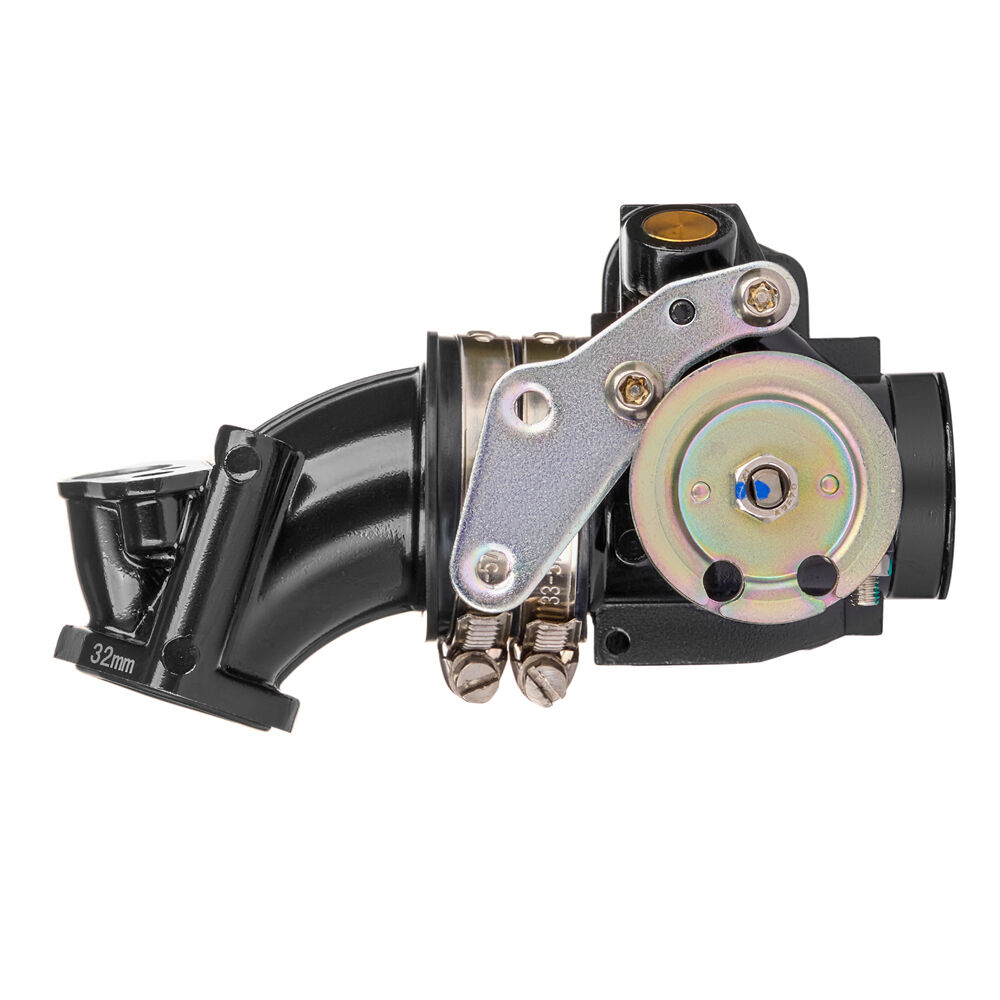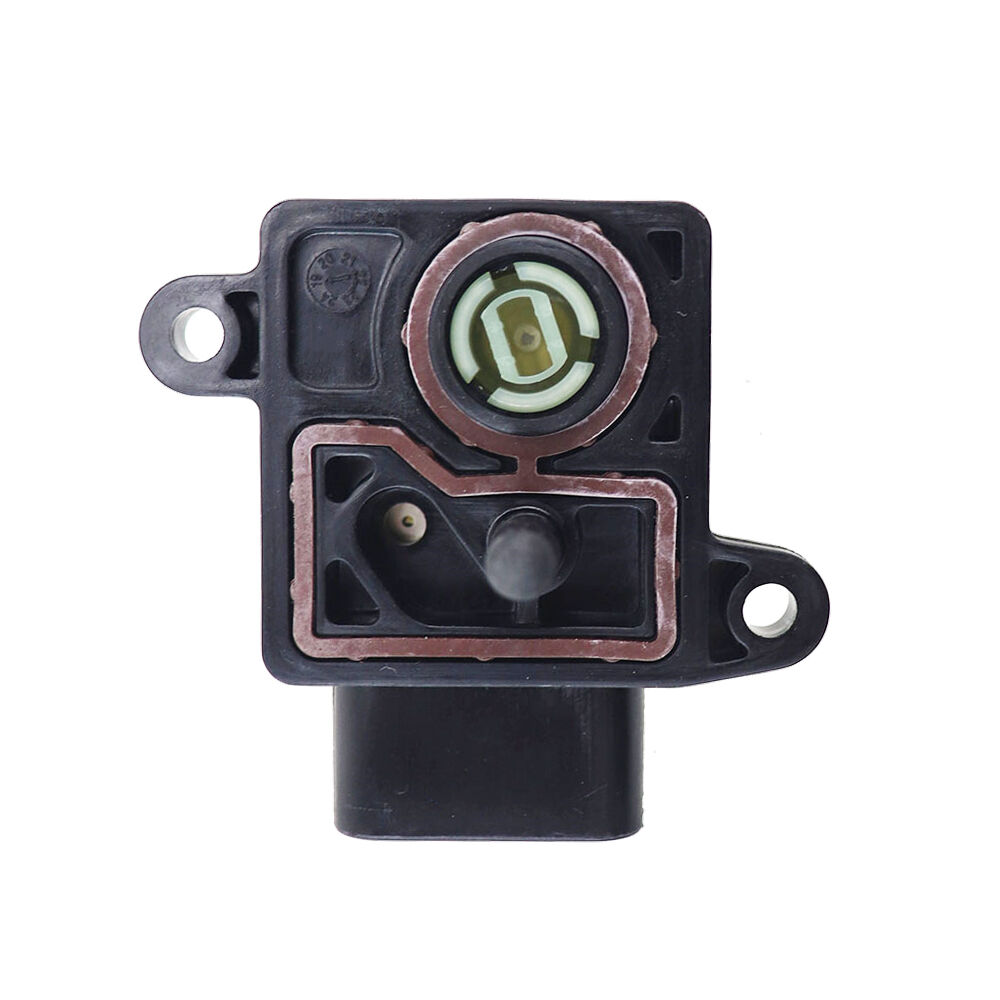failing map sensor symptoms
A MAP (Manifold Absolute Pressure) sensor plays a crucial role in modern vehicle engine management systems, and understanding its failing symptoms is essential for maintaining optimal vehicle performance. The MAP sensor monitors the pressure inside the engine's intake manifold, providing vital data to the engine control unit (ECU) for fuel injection and ignition timing calculations. When this sensor begins to fail, several distinct symptoms emerge that can significantly impact vehicle operation. Common failing MAP sensor symptoms include rough idling, poor acceleration, decreased fuel efficiency, and inconsistent engine performance. The sensor utilizes advanced pressure-sensing technology to measure changes in manifold pressure, which correlates directly with engine load. This data helps determine the proper air-fuel mixture for optimal combustion. When the sensor malfunctions, it sends incorrect pressure readings to the ECU, leading to improper fuel delivery and timing adjustments. Modern MAP sensors are designed with sophisticated electronic components that can detect pressure variations with high precision, typically measuring between 1 and 5 volts depending on engine load conditions. Understanding these symptoms is crucial for early detection and prevention of more severe engine problems.


